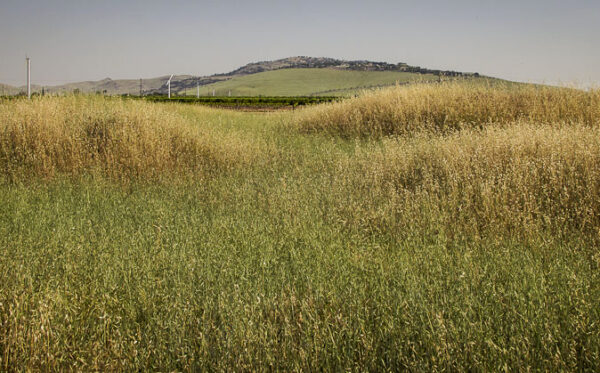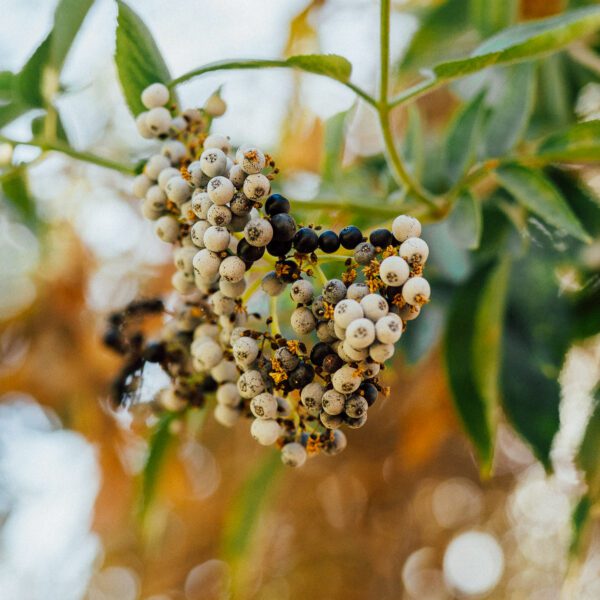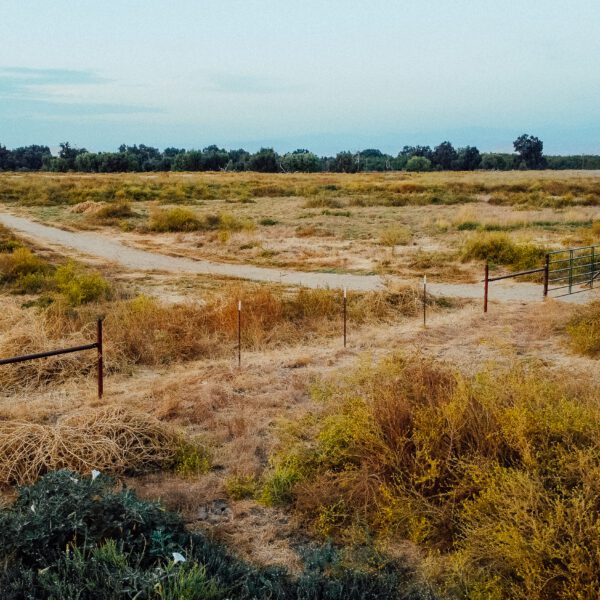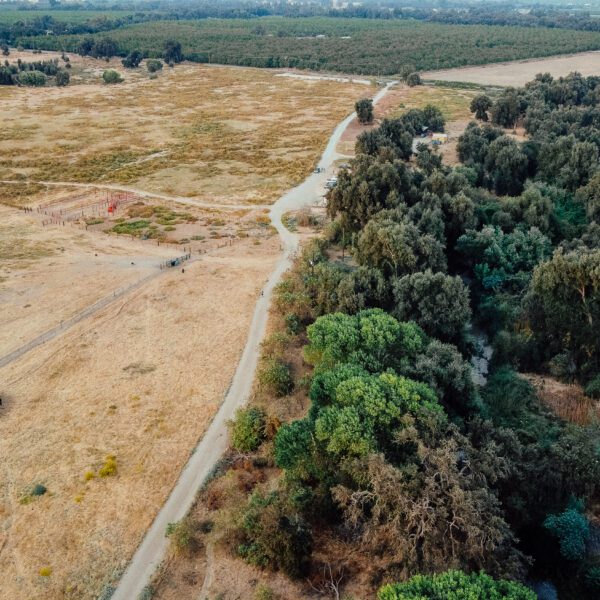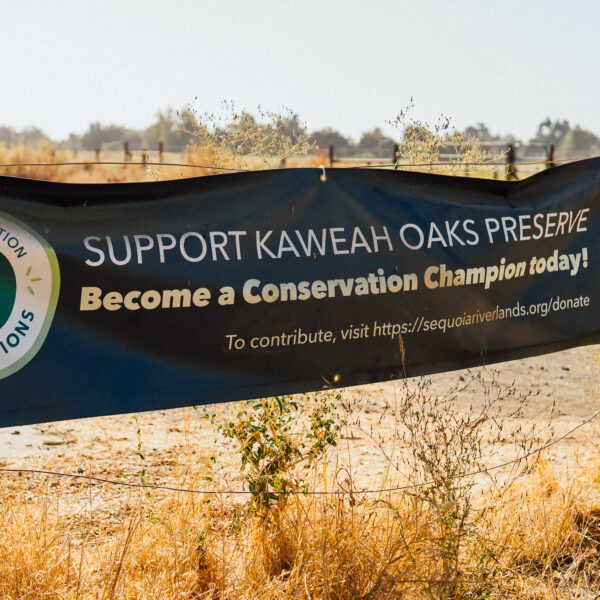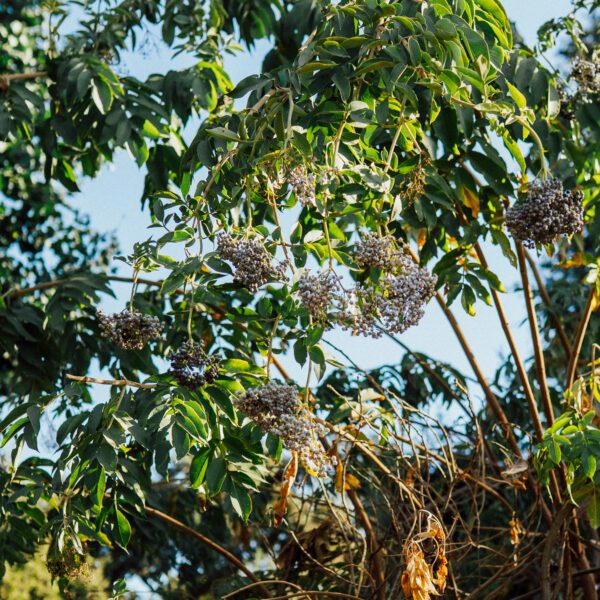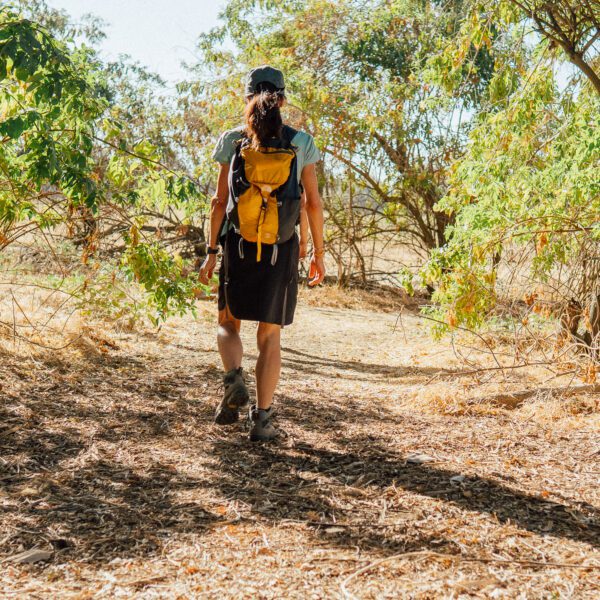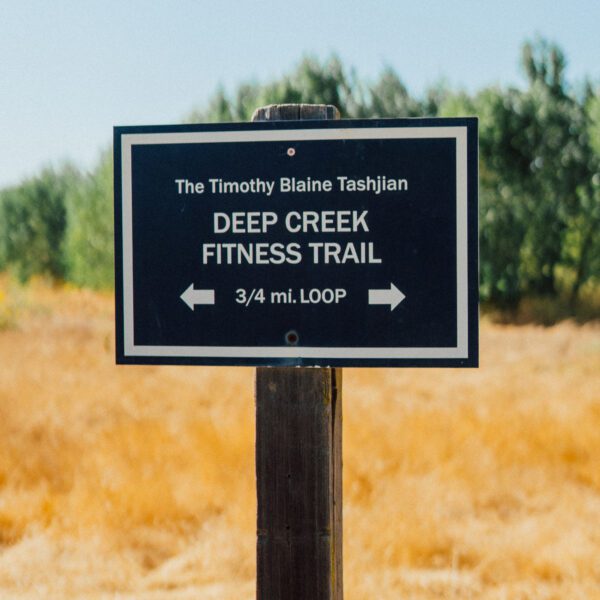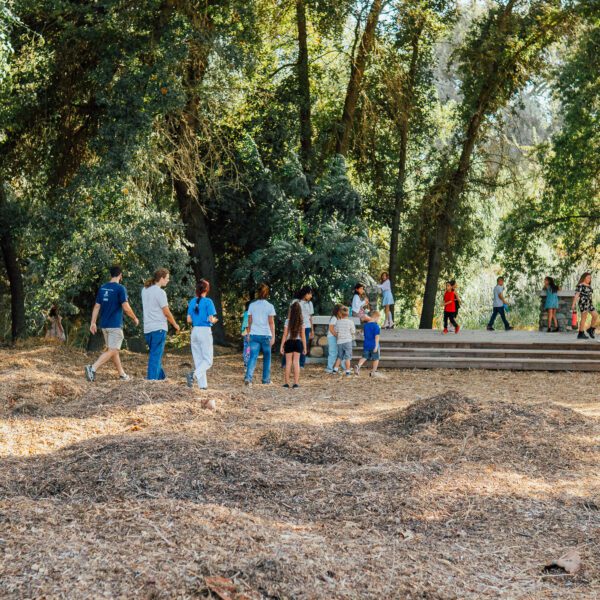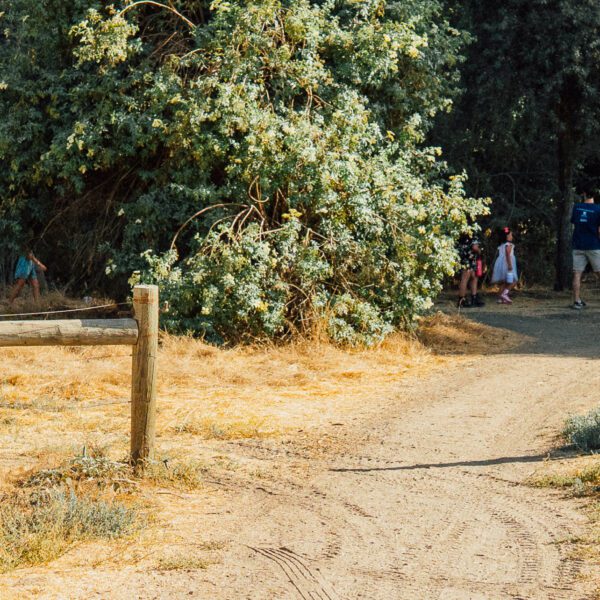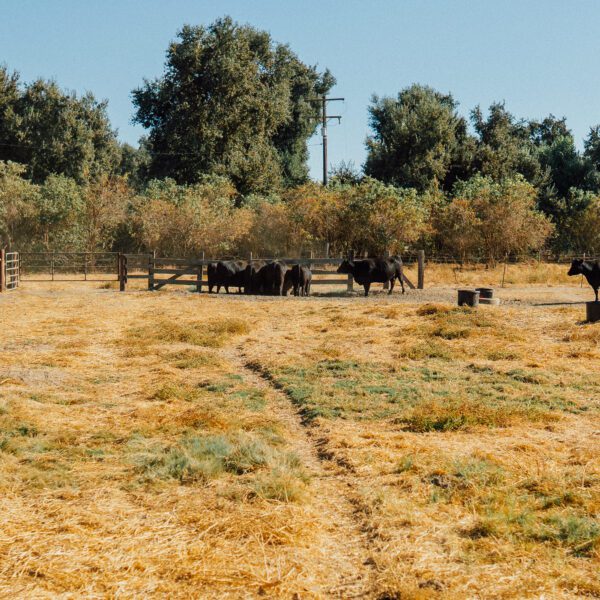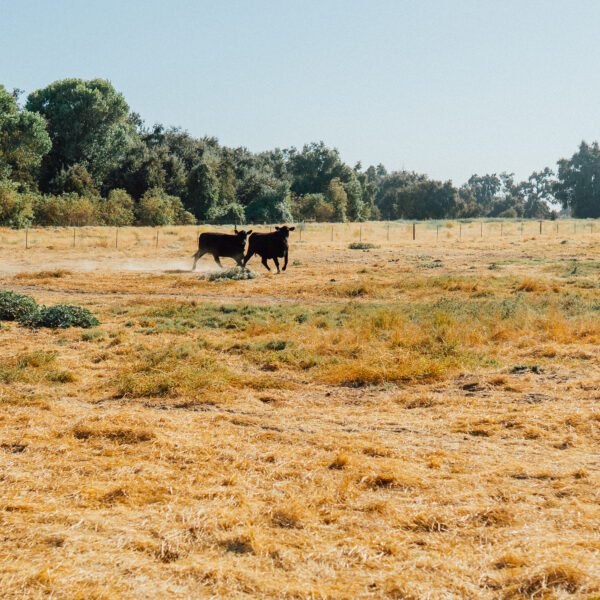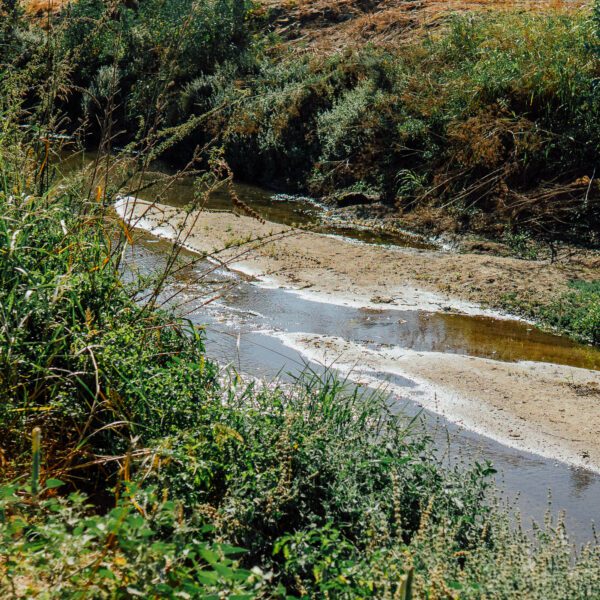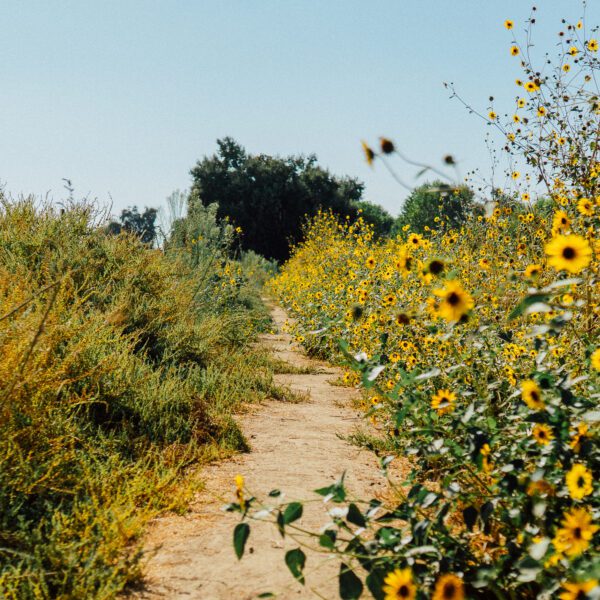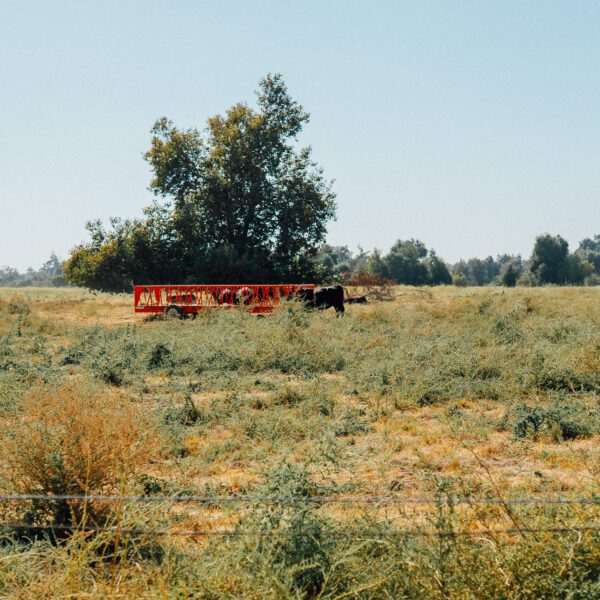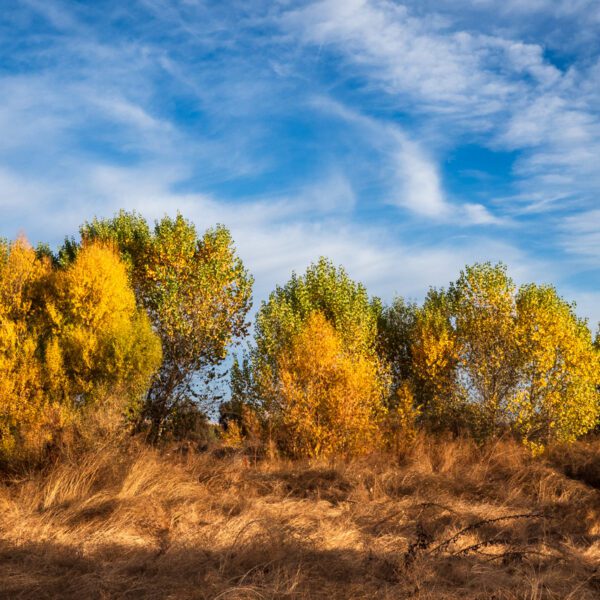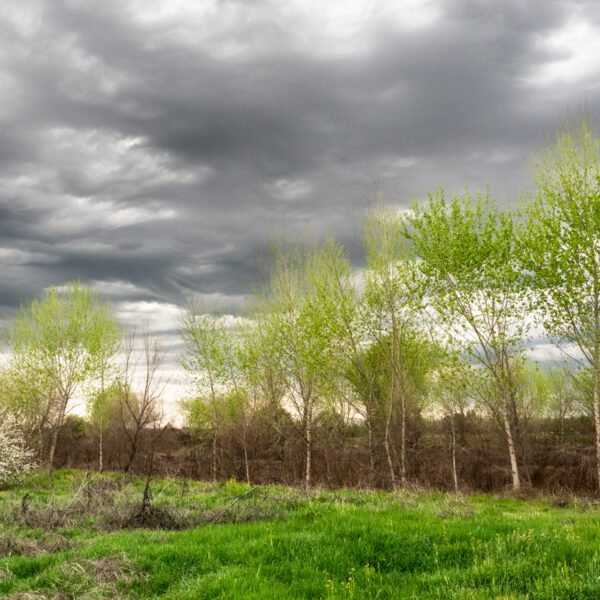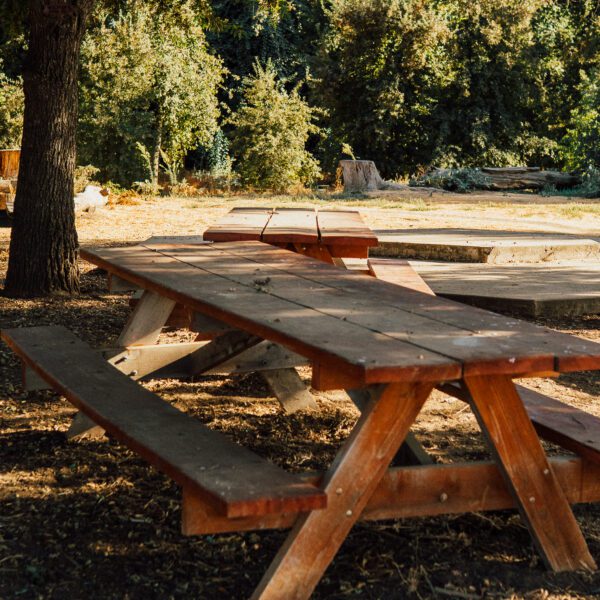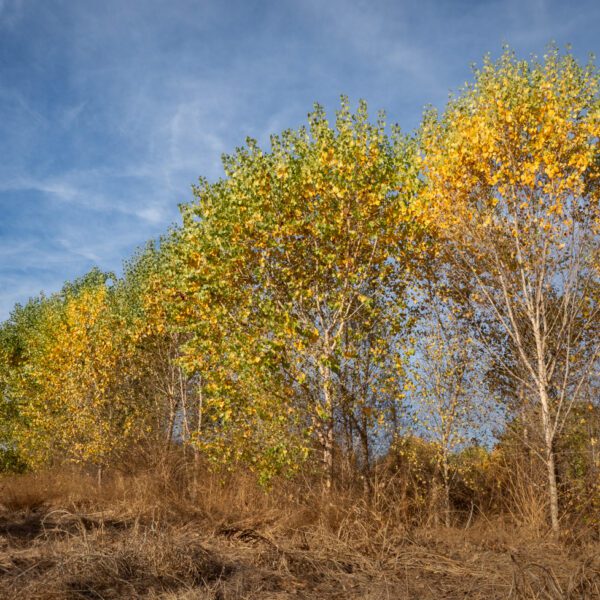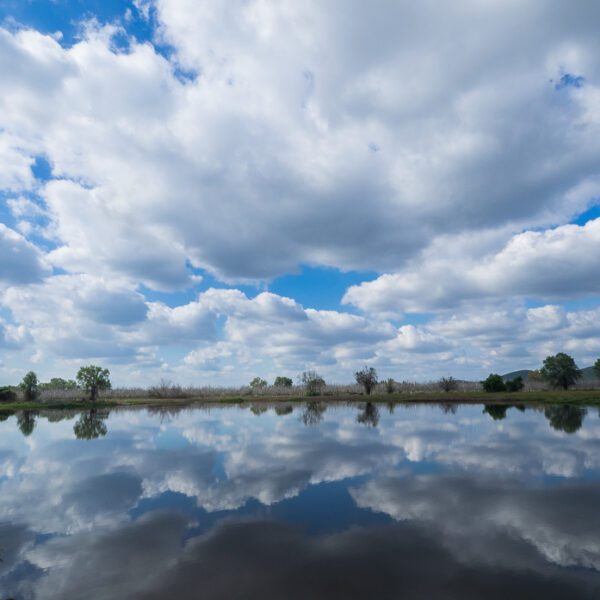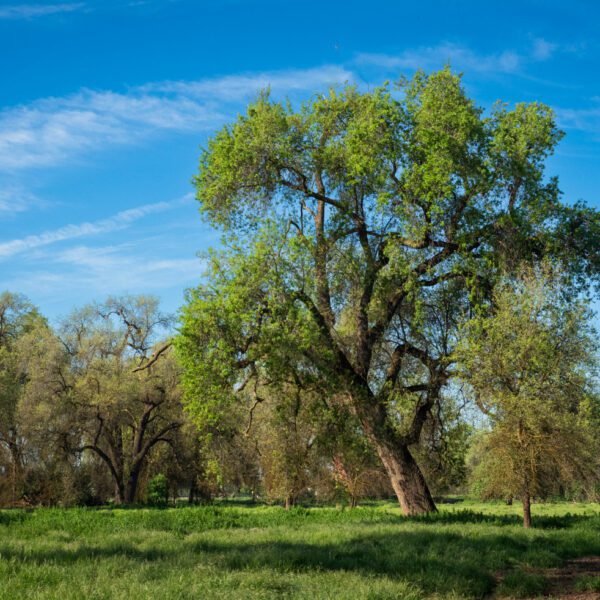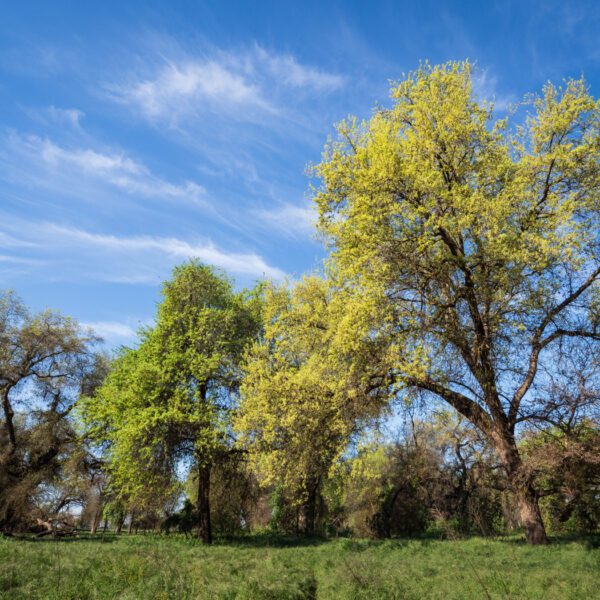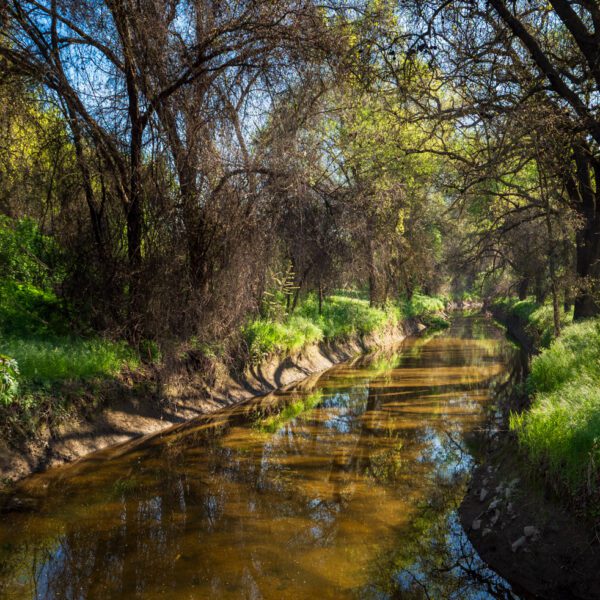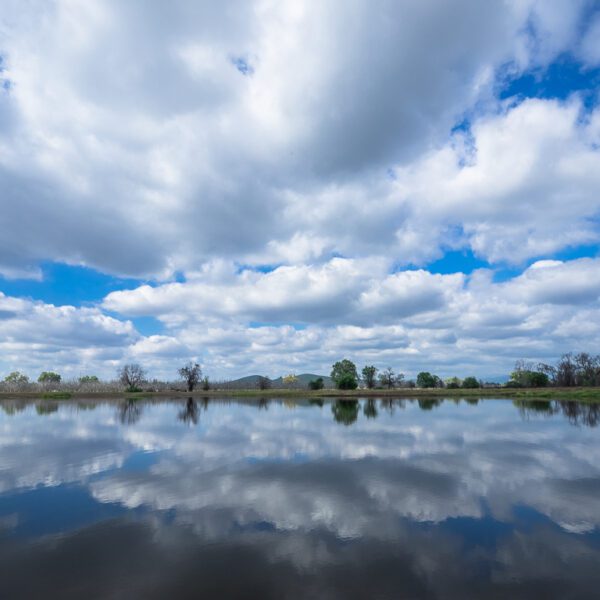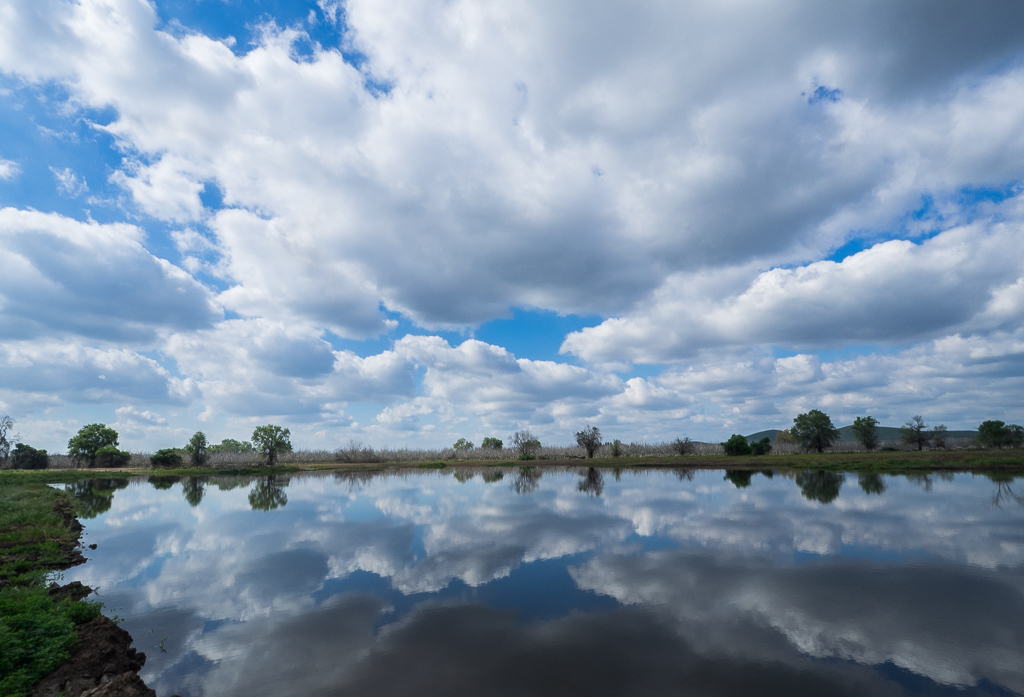
Kaweah Oaks Preserve
Getting There
Directions
Address
Visalia, CA 93292
What Makes Kaweah Oaks Preserve So Special?
Kaweah Oaks Preserve, a 344-acre nature preserve, protects one of the last remaining valley oak riparian forests in the San Joaquin Valley.
When you walk along the trails at Kaweah Oaks Preserve, you can imagine how this area looked before it was settled over 100 years ago. The preserve provides habitat for over 300 plant and animal species including bobcats, great horned owls, California grapes, willows, and the preserve’s namesake—the majestic Valley Oak.
As a prime piece of land on the floor of the rich and fertile San Joaquin Valley, the preserve could have easily been developed. However, in 1983, concerned local citizens realized the importance of this land and partnered with The Nature Conservancy, who ultimately purchased it for protection. The title for the property was transferred from The Nature Conservancy to a local conservation organization, Four Creeks Land Trust, and was eventually transferred to Sequoia Riverlands Trust through a series of mergers and changes. Sequoia Riverlands Trust uses sustainable land-management techniques focused on restoration ecology to manage the preserve for research, livestock grazing, environmental education, and public enjoyment.
Trail Map
Our Preserves
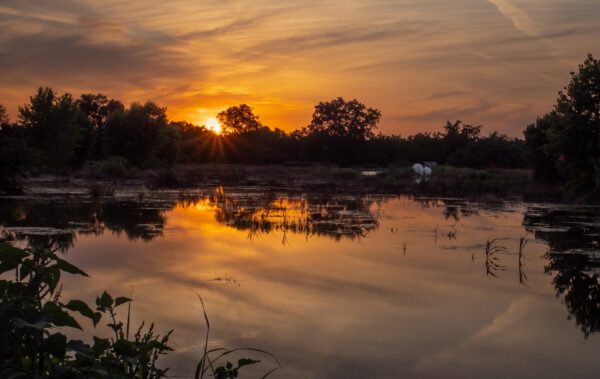
Kaweah Oaks
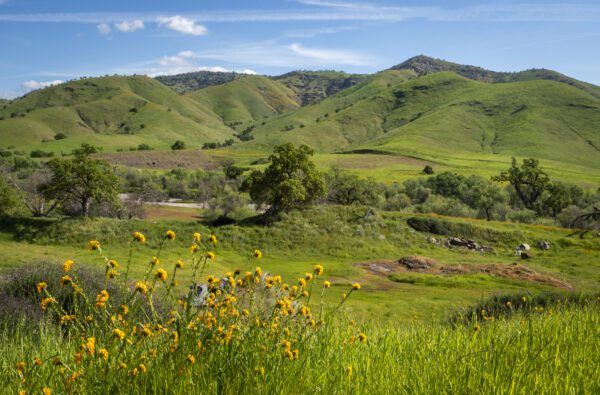
Dry Creek
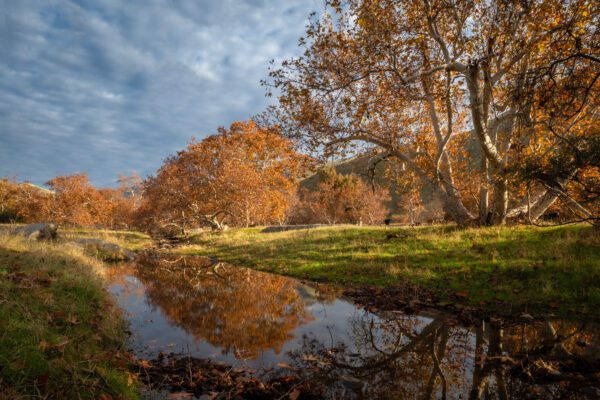
Homer Ranch
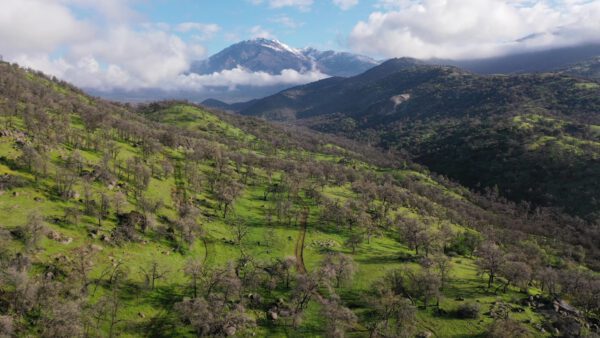
Blue Oak
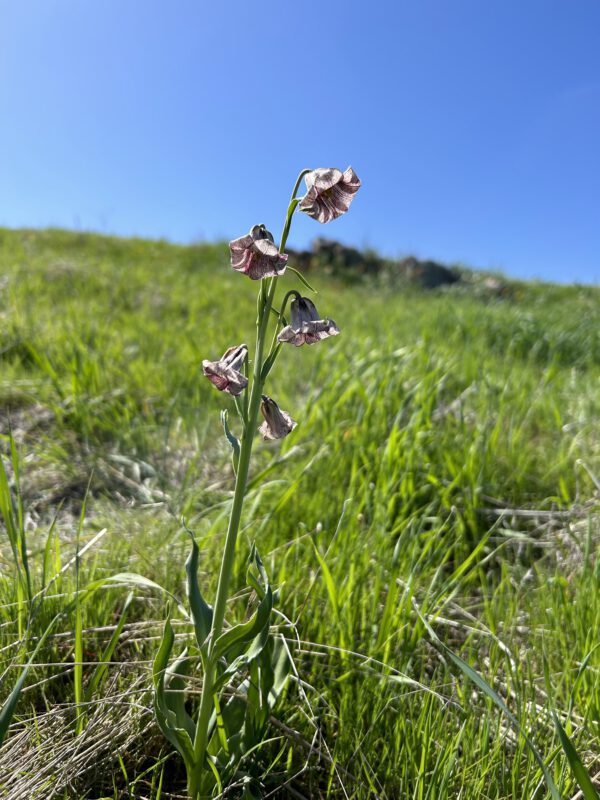
Lewis Hill
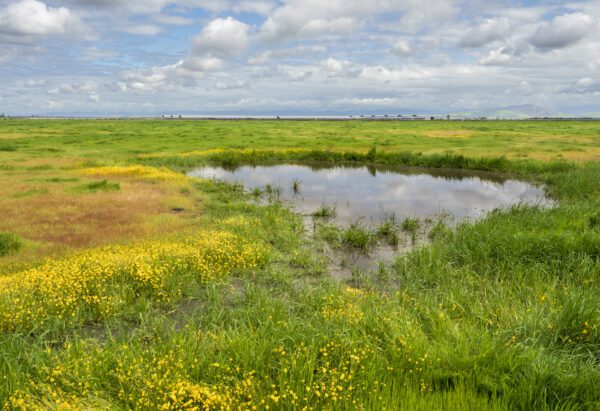
Herbert
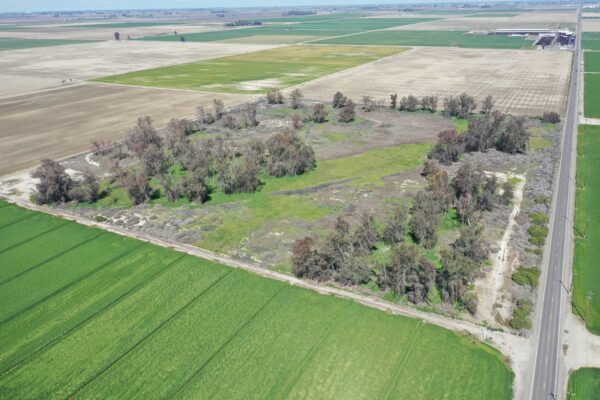
Clark
